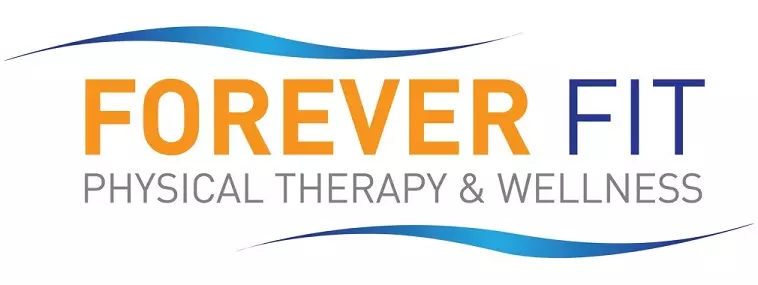For many, arthritis in your back isn’t just an inconvenience, it can be a daily challenge in your life. You may not feel pain constantly, but you know that certain movements may send you spiraling, which can be debilitating.
The most common form of spinal arthritis is osteoarthritis, which is also known as degenerative joint disease. More specifically, osteoarthritis happens when the cartilage cushioning your joints gradually wears down, causing the bones to rub against each other during specific movements.
Living with lower back arthritis doesn’t mean you need to just accept your lower back pain, there are options available to help manage your symptoms. Throughout this article, we’ll look at ways that physical therapy can support gentle movement, core support and overall pain relief to help manage your lower back arthritis and give you back your freedom.
Common triggers of pain for lower back arthritis
Oftentimes, back pain from lower back arthritis is not always constant. If you’re living with this disease, then you know firsthand that some days are better than others. Not knowing when pain will flare up can be frustrating. To help you feel more prepared, we’ve listed below some common triggers that may potentially lead to a flare-up.
- Overdoing certain activities — Twisting, bending down, and lifting may place pressure on your lumbar spinal region.
- Stress — Increases the sensitivity of the nervous system, increasing pain responses
- Weight gain
- An infection, from a cold or flu
- Repetitive movements
- Cold weather — Can make your muscles tighter and slow down your blood circulation, causing your joints to feel stiff.
Where do we go from here?
Managing your lower back arthritis doesn’t mean you need to completely stop doing the things you love. It may just mean that your favorite activities need to be adapted to ensure you’re not adding any unnecessary stress onto your lower back. Adapting can mean adjusting how you already do something, such as by using a grabber to pick up items from the floor rather than bending over. Adapting may also mean adding something new to your daily routine, such as a stretching and strengthening exercise plan created by a physical therapist. No matter how you do it, it should help you achieve at least one of the following:
- Reduce pain and stiffness
- Maintain or improve mobility and strength
- Avoid aggravating the condition
4 ways that physical therapy can help
-
Reducing pain
There are several physical therapist assisted techniques that can help provide temporary relief to your lower back pain. After receiving an evaluation, a physical therapist will work with you to create a personalized treatment plan that may include one or more techniques to treat the root of your pain.
- Manual therapy
- Graston Technique®
- Dry needling
-
Improving flexibility and range of motion
If you’re not doing so already, incorporating stretching and gentle movement into your daily routine is a must. Living with arthritic pain tends to cause your muscles to feel stiff. Stiffness can lead to reduced mobility and cause you added discomfort when trying to perform a specific task.
Fortunately, a licensed physical therapist is well equipped and ready to offer tips and techniques to get your muscle memory back through a supervised stretching program.
-
Strengthening core and back muscles
Think of your core like a suit of armor, when it’s strong, it can handle pressure and protect you. But if there’s a chink in your armor, you’re more likely to get hurt. Having a strong core helps to keep your spine aligned and stabilized.
A physical therapist can offer adapted strengthening exercises to keep your core muscles and lower back strong. Strength training is fundamental and may help you regain physical function that may have been reduced by your arthritis.
-
Improving posture and body mechanics
Your posture might not be doing your lower back arthritis any favors, or vice versa. Whether through supervised strengthening or stretching, a physical therapist will help ensure your body is properly aligned.
Your body is a well-oiled machine, and every muscle, ligament and tendon has a job. If you’re not in proper posture when performing strengthening and stretching exercises, those activities may not be as effective. Over time, poor posture could also worsen your back pain and even exacerbate your symptoms.
Forever Fit can help treat your lower back arthritis pain
Physical therapy isn’t just a series of treatments and techniques, but think of it as a way of life that can offer tools to guide you. If you’re wanting to maintain the active lifestyle you had before your lower back arthritis, know that options are out there. Rather than just managing your pain and other symptoms, our Forever Fit team supports your journey toward greater mobility and comfort.
Are you ready to find this type of support for your lower back arthritis? Contact our team today for more information or to schedule an initial appointment.

